The term “fairy tales,” depending on whether you are a writer, folklorist, historian, hobbyist, casual reader, or pop culture fan, can mean a few different things. It can refer to the oral tradition of stories committed to paper via old-timey crowdsourcing by the Grimm brothers Jacob and Wilhelm. It can refer to any tale containing magical elements created before a certain time period, or it can be loosely interpreted to encompass a wide variety of older stories or any modern work that is influenced by them.
Some definitions might include work like that of Hans Christian Andersen, adding into the mix stories such as The Little Mermaid, The Ugly Duckling, The Wild Swans, The Steadfast Tin Soldier, and more. But the Disney versions of fairy tales are often the only ones many people are familiar with, which can lead to the idea that all fairy tales end with people living happily ever after, but the older tales that inspired these movies often contained darker elements such as violence, cannibalism, unrequited love, and gruesome deaths.
The Disney tradition of making movies out of fairy tales also added to the confusion as to what is and is not a fairy tale. Many people would consider Peter Pan and Alice in Wonderland to be right up there with Cinderella, Snow White, and Sleeping Beauty. In fact, Peter Pan is a classic novel, published in 1911, by author J.M. Barrie, and Alice in Wonderland is an 1865 novel written by Lewis Carroll. Depending on how you define what a fairy tale is, you may choose to include or exclude such works. The popular TV series Once Upon a Time took a more inclusive vision of what counts, with Emma, the daughter of Snow White and Prince Charming, ending up with Hook (the hot Killian Jones version, not the old guy from the animated Disney movie). Most academic folklorists would choose to draw a distinction between popular novels and fairy tales derived from an oral tradition. Depending on the purpose of your work, that distinction can be blurred or more firmly observed.
The beauty of fairy tales and fairy tale-inspired works is that they integrate themselves into our popular thought, culture, and language in ways that are not always consciously apparent. Phrases like, “second star to the right,” “mad as a hatter,” and someone having a “Cheshire Cat grin” are as conversationally common as references to Pinocchio’s nose, Cinderella’s shoe, and Snow White’s poisoned apple. By this definition, works such as Alice in Wonderland, Peter Pan, and even The Wizard of Oz would count as part of our folk/fairy cultural mythos. An argument could be made that The Wizard of Oz is as iconic to us now as Sleeping Beauty and Cinderella ever were, not to mention that these stories contain elements very common to fairy tales: magical objects, magical quests, talking animals, and in the case of Peter Pan, an actual fairy.
Further, The Wizard of Oz has begun to be remixed into our popular consciousness the same way the older tales of Grimm and Andersen have been. The musical Wicked, the Maguire books upon which the musical is based, the miniseries Tin Man, and the integration of Oz into popular mainstays like Supernatural (Charlie, ya’ll) are all examples of how “not being in Kansas anymore” has become as popular and recognizable culturally as the concept of a woman forced to work as a servant eventually being rescued and becoming rich and powerful.
The version of an old tale in a Grimm volume isn’t the only one that exists; it’s merely the version of a common tale that was either most popular at the time, or a cobbling together of the elements a particular Grimm brother liked best. Elements of such tales touch each other—Sleeping Beauty and Snow White each slept and were awakened by the kiss of a prince, but there are many variants of these tales even before the era of young adult fiction, film, and television. The old tale Snow White and Rose Red, which was collected by the Grimms but originally written by Caroline Strahl, contained many elements commonly associated with Beauty and the Beast, and Snow White and the Seven Dwarfs. The tale of Cinderella was collected by the Grimms, but there was already a literary version of the tale in Italy, and many cultures had their own versions preceding even that. Glass slippers, fur slippers, gold slippers, or simply a rags-to-riches tales all factor in to what we now call a “Cinderella story.”
Below are my personal favorite fairy tale remixes, reboots, and updates. Please let me know yours in the comments!
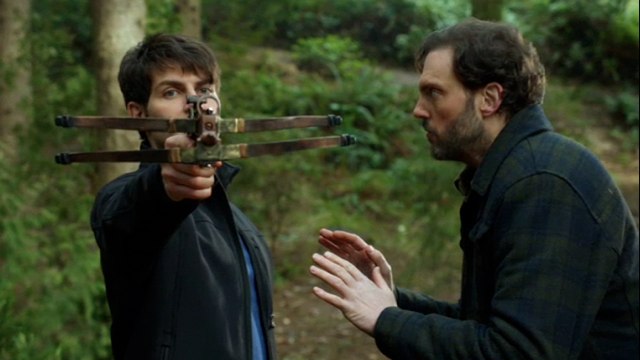
(image: NBC)
1.) Grimm, the TV series
The idea of the Grimms themselves became a foundational plot point in the TV series Grimm, where the term was used to describe those who hunted creatures inspired by the beasts described in fairy tales. This is one of my favorite examples of the idea that fairy tales are meant to integrate into our cultures and inspire further creativity.
You have a historical pair of brothers, going around and taking notes about all types of fantastical tales. What if writing the books was only a cover for a deeper, darker mission? What if they were doing research to learn to fight monsters and protect humanity? Boom. Grimm the TV show is born. Not only is the premise of that show taking the tales the Grimm brothers recorded and turning it a bit upside down, it added the actual authors as a part of the tale and remixed them, as well.
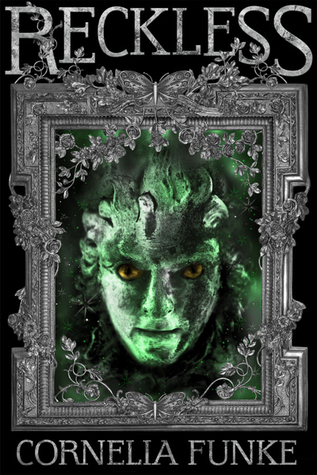
(image: Little, Brown and Company)
2.) The Reckless book series, by Cornelia Funke
This series, by German author Cornelia Funke, follows the adventures of two brothers (non-coincidentally named Jacob and William), and their friends and companions in the Mirrorworld, a world similar to our own, but with magic, a lower technology threshold, and elements of many familiar tales—Cinderella, Sleeping Beauty, Hansel and Gretel, The Frog Prince, and more—mixed in. One example of the way fairy tale lore is mixed in in this series: at one point, in order to achieve a particular magical effect, they have to find berries that had been grown in the garden of a child-eating witch. If you enjoy fairy tales and like to see the iconic elements of them represented in original fiction, this series might be for you!
3.) Live action Beauty and the Beast & the book Beauty, by Robin McKinley
Beauty and the Beast, as the Disney song states, seems to truly be a “tale as old as time.” The most popular version of the fairy tale is the French one, written by Madame Leprince de Beaumont (Rose, p. 42). There are more and earlier versions, dating back to Cupid and Psyche, various Chinese tales, and even the popular Beaumont version is a pared-down abridgement of the 1740 novel by Gabrielle-Suzanne Barbot de Villeneuve. With this knowledge in mind, the Disney live action remake of their animated film named Belle’s village Villeneuve, a cool nod to the version of the tale that influenced the film the most. The Villeneuve novel included the concept of the castle itself being magical, a part that was omitted from Beaumont’s tale, and an integral plot point of both the animated and live action Disney versions
Aside from Disney, Beauty and the Beast is explored in Robin McKinley’s novel, Beauty, originally published in 1978. I had no idea this book was that old—like the tale it is based on, it stands the test of time.
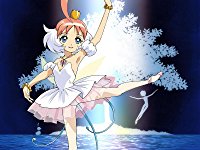
(image: Hal Film Maker)
4.) Princess Tutu anime
The anime Princess Tutu is the story of a little duck who is turned into a human girl and ballerina, Princess Tutu. She has fallen in love with a Prince, who is under a curse. A magical pendant transforms the little duck into human form, and the tale combines elements of The Ugly Duckling and the ballet Swan Lake. It’s a beautiful story and worth a second glance if you’ve never seen it. There is a lot more to the plot that what I’ve revealed here, and I don’t want to spoil it too much for those who might not have seen it.
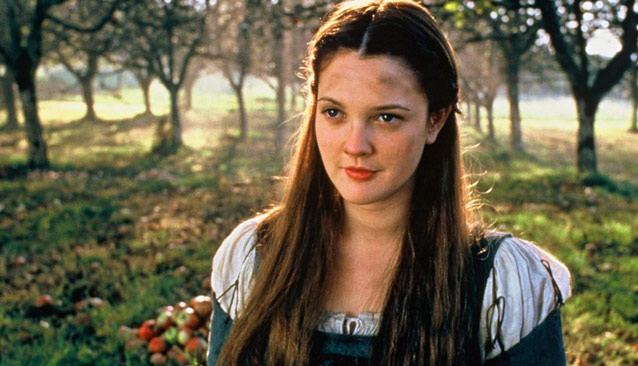
(image: 20th Century Fox)
5.) Ever After and the book Ella Enchanted, by Gail Carson Levine
These are two of my favorite Cinderella retellings. In the movie Ever After, the Cinderella character is Danielle de Barbarac, a young woman reduced to the status of a servant in her own home by a vengeful stepmother. She and the Prince engage in intellectual and philosophical conversation, and when her identity is exposed, she rescues herself.
In the book Ella Enchanted, by Gail Carson Levine, Ella finds herself in a similar position after it is discovered that she is cursed/gifted with obedience—unable to defy a direct order. She fears that her “gift” could cause her to harm the prince she loves, and she sets out to get the curse reversed. Both of these versions of the Cinderella story incorporate a little more agency for the title character than many previous versions, which is a welcome addition to the tale. There is a movie version of Ella Enchanted, which I also love, but it is very different from the book, for those for whom that sort of thing is a problem.

(image: Disney)
6.) Disney’s The Princess and the Frog
There are many versions and variants of tales involving frogs, princes, and princesses. In the Russian folktale version, the prince is human, and the princess is in the form of a frog and, once de-cursified, turns back into her human form as Vasilisa the Wise. In the Grimm version, the princess is human, and the prince is a frog. The Grimm version usually involves a princess reluctantly befriending the frog, who is able to dive to the bottom of the well to retrieve her lost golden ball. The two versions were intertwined and re-set in the city of New Orleans for the animated Disney movie. Prince Naveen is turned into a frog, but so is Tiana, and they adventure together in frog-form throughout most of the movie. The New Orleans setting adds elements of magic, music, and local cuisine, making this retelling one of my favorites.
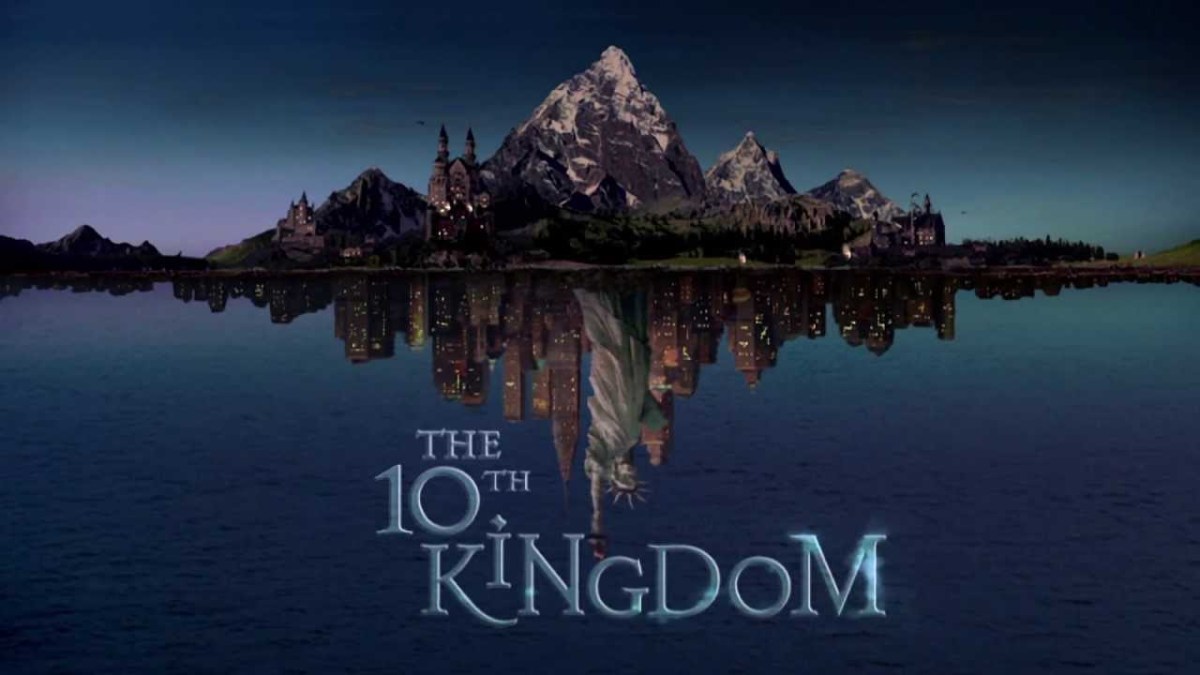
(image: Mill Creek Entertainment)
7.) The 10th Kingdom miniseries
The 10th Kingdom is a miniseries released in 2000, and it is one of the strangest, weirdest, and most endearing fairy tale-influenced movie-things I’ve ever had the pleasure to witness. That said, it’s not for everyone. It’s long, but also a miniseries, and it’s weird. There is a Troll King played by Ed O’Neill, who is obsessed with shoes. Anybody else get the joke? (O’Neill played Al Bundy, a shoe salesman, on Married … With Children.) I honestly think it’s hilarious, and some truly amazing casting.
It also has the character of Wolf, who is one of my biggest fictional character-crushes ever. He’s influenced by the idea of the wolf from Red Riding Hood, but this Wolf falls immediately in love with the main character, Virginia, who has accidentally crossed into the 4th Kingdom with her father through a magic mirror. Yep, that magic mirror. So, he’s got a tail. Big deal, right? If you have time to clear your schedule, prepare to be entertained, surprised, confused, and (I hope) enchanted. If you watch it and hate it … I warned you it was weird, right? And no, I can’t give you 400 minutes of your life back. I’m not a fairy godmother. Or a Time Lord.
So … those are my personal top seven fairy tale-influenced and/or remixed versions. What are some of yours?
(Also, I consulted some outside sources for this article. See below a list of references, if you feel the need to chase some tales yourself!)
Grimm, J., Grimm, W., Zipes, J. D., & Gruelle, J. (1987). The complete fairy tales of the BrothersGrimm. Toronto: Bantam. New York: Simon and Schuster.
MacDonald, M. R. (1982). The storyteller’s sourcebook: A subject, title, and motif index to folklore collections for children. Detroit, Mich: Neal-Schuman Publishers in Association with Gale Research.
Rose, C. (2000). Giants, monsters, and dragons: An encyclopedia of folklore, legend, and myth. Santa Barbara, Calif: ABC-CLIO.
(featured image: Disney)
Sara Goodwin has a B.A. in Classical Civilization and an M.A. in Library Science from Indiana University. Once she went on an archaeological dig and found awesome ancient stuff. Sara enjoys a smorgasbord of pan-nerd entertainment such as Renaissance faires, anime conventions, steampunk, and science fiction and fantasy conventions. In her free time, she writes things like fairy tale haiku, fantasy novels, and terrible poetry about being stalked by one-eyed opossums. In her other spare time, she sells nerdware as With a Grain of Salt Designs, Tweets, and Tumbls.
Want more stories like this? Become a subscriber and support the site!
—The Mary Sue has a strict comment policy that forbids, but is not limited to, personal insults toward anyone, hate speech, and trolling.—



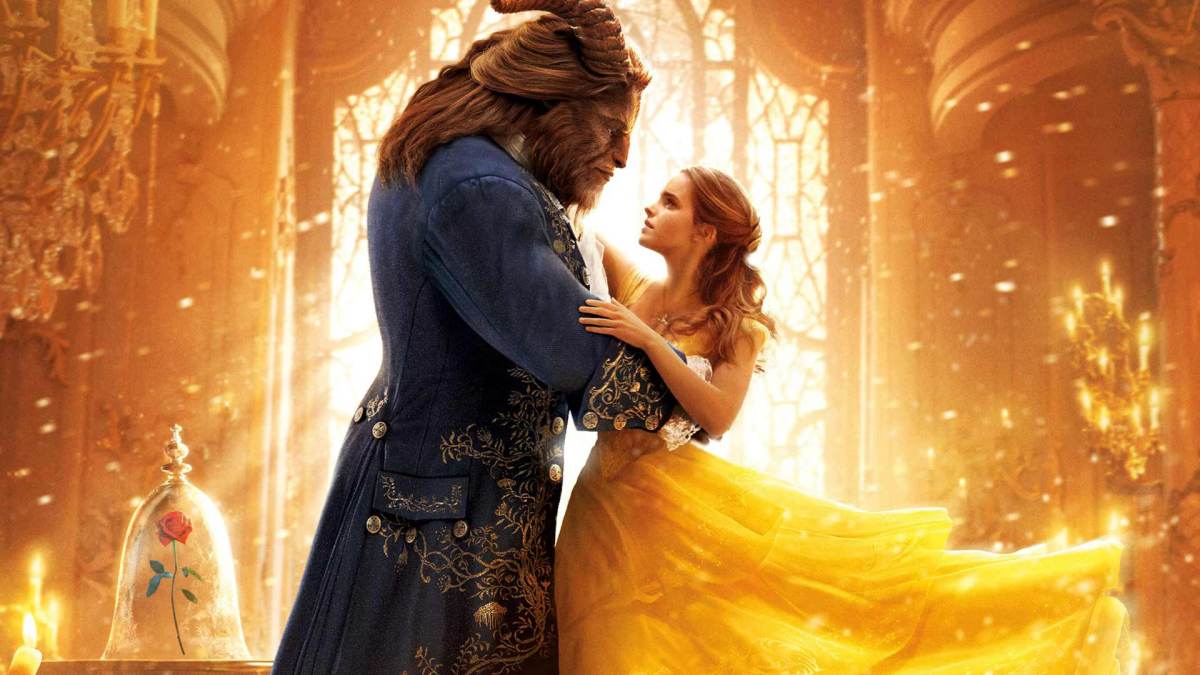

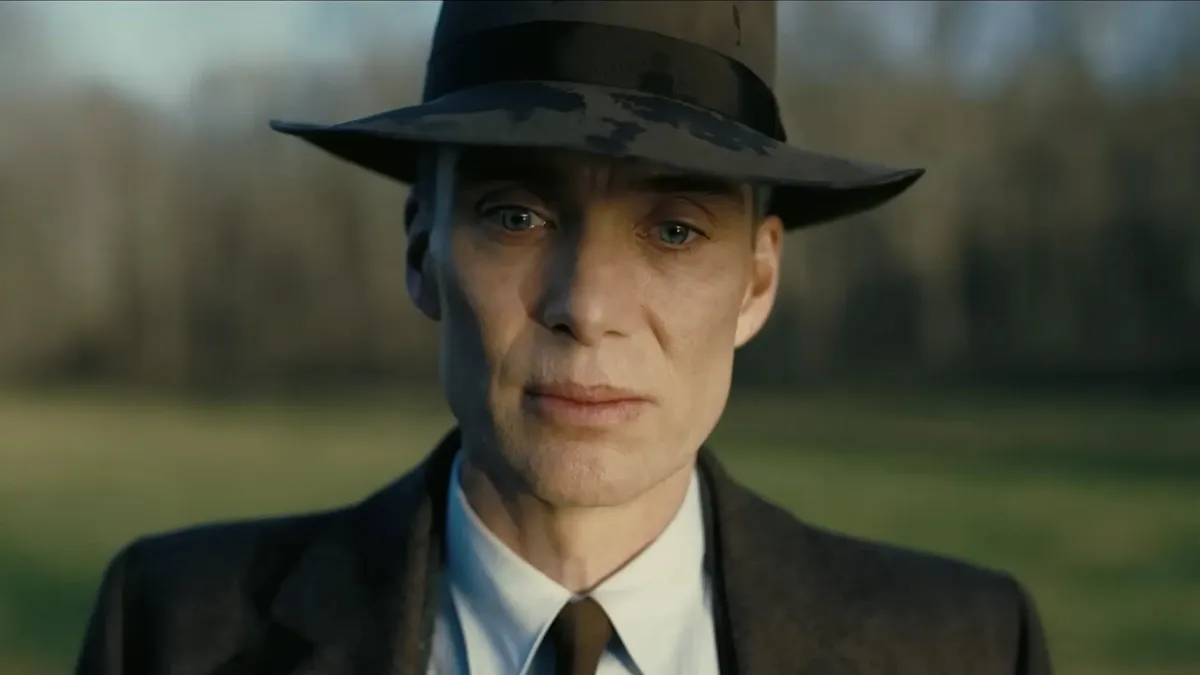



Published: Apr 12, 2018 04:28 pm